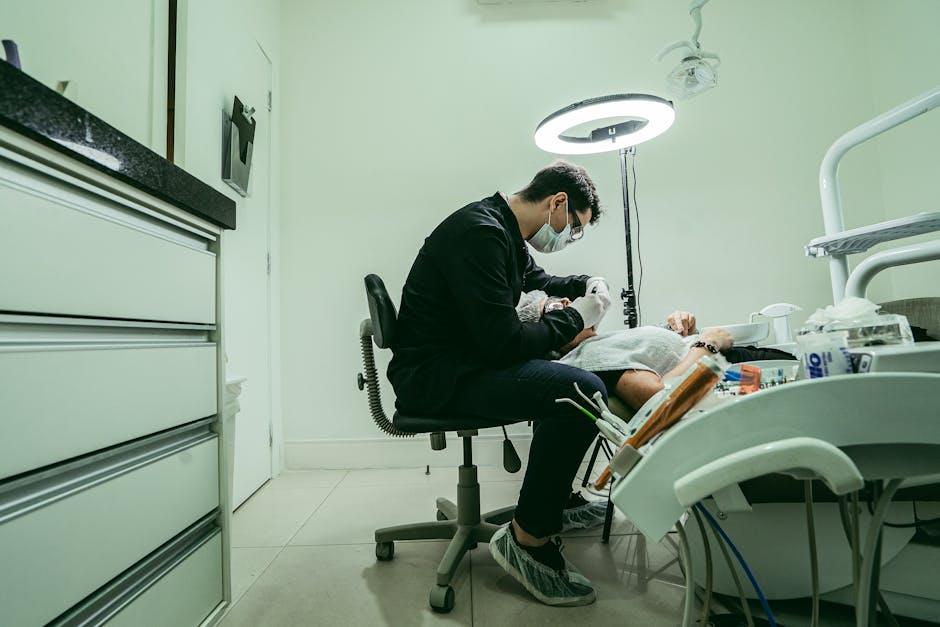
What Qualifies As A Dental Emergency? – Texas A&M
Dental emergencies can strike unexpectedly and cause significant pain and distress. Knowing what qualifies as a dental emergency helps you act quickly and get the care you need. At Texas A&M, dental experts emphasize the importance of recognizing urgent dental situations that require immediate professional attention. In this comprehensive guide, we’ll explore common dental emergencies, symptoms to watch for, practical first-aid tips, and when to seek urgent dental care in Texas.
Understanding Dental Emergencies: What Counts?
Not every toothache or gum irritation requires emergency intervention. A dental emergency refers to any oral condition that threatens the health, integrity, or function of the teeth and gums and needs prompt treatment to prevent severe outcomes like permanent damage or serious infection.
Common Conditions That Qualify as Dental Emergencies
- Severe Tooth Pain: Intense, persistent pain not relieved by over-the-counter medications.
- Dental Trauma: Knocked-out (avulsed), fractured, or displaced teeth.
- Abscess or Infection: Swelling, pus, fever, or severe gum pain indicating an infection.
- Uncontrolled Bleeding: After dental procedures or trauma.
- Lost Filling or Crown: Especially if causing pain or sensitivity.
- Soft Tissue Injury: Severe cuts or lacerations to the tongue, lips, or gums.
- Broken Braces or Wires: Causing injury or discomfort inside the mouth.
Signs You Have a Dental Emergency
Recognizing the warning signs of a dental emergency can help you seek fast treatment and reduce the risk of complications. Look for these symptoms:
- Intense or worsening toothache that interrupts sleep or daily activities
- Visible broken or chipped tooth with sharp edges
- Bleeding from the mouth that doesn’t stop after 15 minutes of applying pressure
- Swelling of the face, jaw, or gums
- Fever accompanying oral pain
- Difficulty swallowing or breathing (seek immediate emergency care)
First-Aid Tips For Immediate Dental Emergency Care
When faced with an urgent dental issue, quick and correct first aid can make a significant difference before professional treatment is available. Follow these practical steps:
For a Knocked-Out Tooth
- Handle the tooth by the crown (top), not the root.
- Rinse gently with water if dirty; do not scrub.
- Try to reinsert the tooth back into the socket if possible.
- If reinsertion is not possible, place the tooth in milk or a tooth preservation solution.
- See a dentist at Texas A&M or nearest emergency immediately—time is crucial.
For Severe Toothache
- Rinse your mouth with warm water.
- Use dental floss to remove any trapped food.
- Take over-the-counter pain relief as instructed.
- Apply a cold compress to reduce swelling.
- Avoid extremely hot or cold foods.
- Seek professional dental care as soon as possible.
For Broken or Chipped Teeth
- Save any broken pieces and bring them to your dentist.
- Rinse your mouth with warm water.
- Apply a cold compress to reduce swelling and relieve pain.
- Avoid chewing on the affected side.
When to Seek Immediate Dental Care in Texas
If you experience any of the following, you should contact your Texas A&M dental provider or visit an emergency dental clinic without delay:
| Emergency Situation | Recommended Action |
|---|---|
| Severe pain not relieved by medication | Call your dentist or emergency clinic immediately |
| Knocked-out tooth | Visit a dental emergency facility within 30 minutes |
| Swelling with fever | Seek urgent dental or medical care to avoid infection spread |
| Uncontrolled oral bleeding | Go to the nearest emergency room |
| Difficulty breathing or swallowing | Call 911 or visit an emergency room immediately |
Benefits of Prompt Emergency Dental Care
Getting immediate dental care for emergencies is vital not only to relieve pain but also to:
- Preserve natural teeth and prevent permanent loss
- Reduce risk of severe infections or complications
- Improve recovery time and outcome
- Save on costly future dental treatments
- Protect your overall health and well-being
Real-Life Case Study: A Texas A&M Student’s Dental Emergency
Jessica, a Texas A&M sophomore, experienced a dental emergency when she fractured her front tooth during a soccer game. She quickly followed first-aid steps, saved the broken tooth piece, and visited the Texas A&M dental emergency clinic within an hour. Thanks to prompt care, her tooth was successfully repaired, preventing further damage and restoring her confidence. Jessica’s experience highlights the importance of preparedness and swift action in dental crises.
Practical Tips to Prevent Dental Emergencies
- Maintain good oral hygiene and regular dental visits
- Wear mouthguards during sports activities
- Avoid chewing on hard objects like ice or popcorn kernels
- Address dental concerns early to prevent escalation
- Keep emergency dental contact information handy
Conclusion: Be Prepared, Know When to Act
Understanding what qualifies as a dental emergency enables you to respond confidently and protect your oral health. Whether it’s severe pain, trauma, infection, or uncontrolled bleeding, immediate care is critical. Texas A&M dental experts are here to guide and provide emergency services to ensure the best outcomes for your dental health. Remember, when in doubt, it’s always better to seek prompt attention rather than delay. Your smile is worth it!


